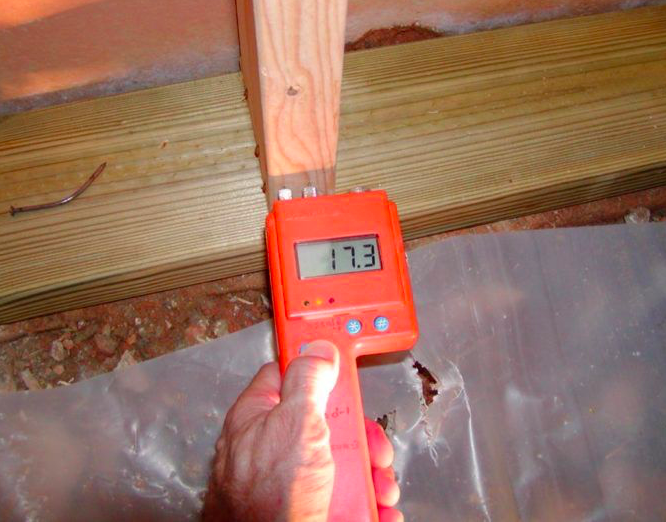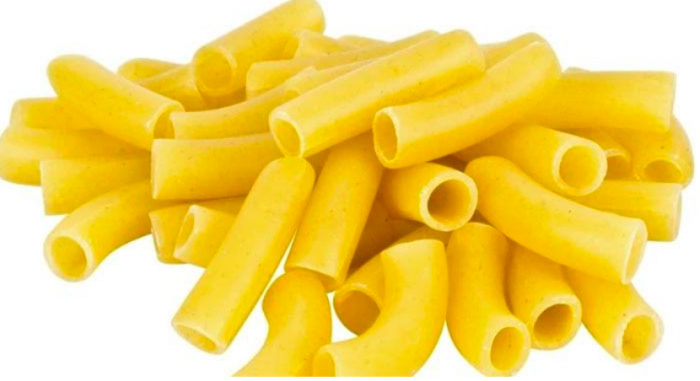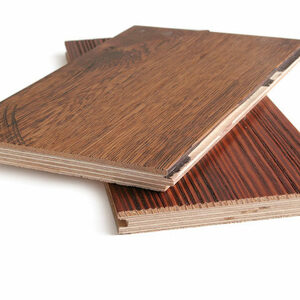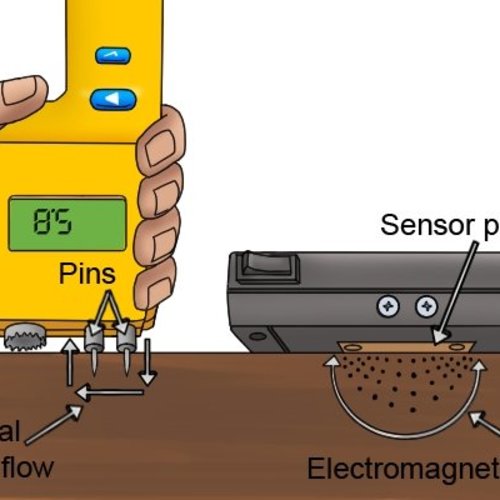
Hello, all you building science dudes and dudettes! This is my inaugural post of what will be monthly installments. Some of you know me, some don’t. For those who don’t, I’m a bearded building science obsessive, former lead carpenter, current project manager, semi-part-time teacher, and writer of all things construction related. You can find me on Instagram @benbogie or drop my name in a search engine to see some of what I do to keep myself off the streets and generally out of trouble.
My goal is to explain the various metrics we use to execute and evaluate different components of our built environment. I plan to dive deep into the how and why of what might be called mundane for being so common, as well as distill complex ideas and practices into easily digestible nuggets. Okay, with the formalities out of the way, let’s get into the topic of wood moisture.
Wood moisture content
Most residential buildings and many commercial buildings use wood in some form or capacity for their construction or finish details. It’s a ubiquitous material in the industry that often presents challenges related to moisture and its affect on how wood behaves. Exposure to too much or too little moisture repeatedly or over long periods of time will cause problems. To understand how it works, we first need to understand what wood is on a basic level.

A handful of pasta
The best way I can describe wood’s structure is with an analogy. Wood is like a handful of pasta—specifically, tube-like pasta. If you take a handful of ziti out of a box and grip it in your fist, you’ve got a rough visual of what wood is—a bundle of carbohydrate foam tubes that have evolved to act as little spongy…
Weekly Newsletter
Get building science and energy efficiency advice, plus special offers, in your inbox.

This article is only available to GBA Prime Members
Sign up for a free trial and get instant access to this article as well as GBA’s complete library of premium articles and construction details.
Start Free TrialAlready a member? Log in















4 Comments
Always happy to read anything Ben writes.
A transformative moment for me was seeing (some decades ago) an article on the correct moisture content for wood floors in Fine Homebuilding Magazine. The accepted method among installers here was always to acclimatize the wood to the site before laying it - often meaning they were acclimatizing it to conditions that wouldn't be found in the finished, conditioned house - or certainly not year round. I still use the moisture chart I cut out.
I don't recall hearing wood compared to pasta before but it's a brilliant analogy.
I love pasta!
On the first day if our structural engineering class the professor used a similar useful analogy. He brandished a handful of plastic straws held together with an elastic band and said "This is a piece of wood", then illustrated how the direction of the fibres dictated not only its relative strength, but also the ease of splitting the material. That, and the brick he supported on four matches to show the strength of posts in compression, have stuck with me over the years.
Malcolm, I learned the straw analogy as well, and have taught it to a lot of others. What I like about Ben's pasta analogy is that it's reasonably accurate not just for shape and strength axis but also for how moisture affects it. I think most people have experience with the different "phases" of pasta, but don't understand how similar that is to wood fibers.
Log in or become a member to post a comment.
Sign up Log in